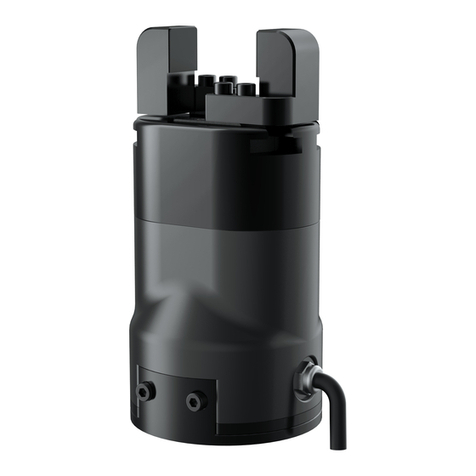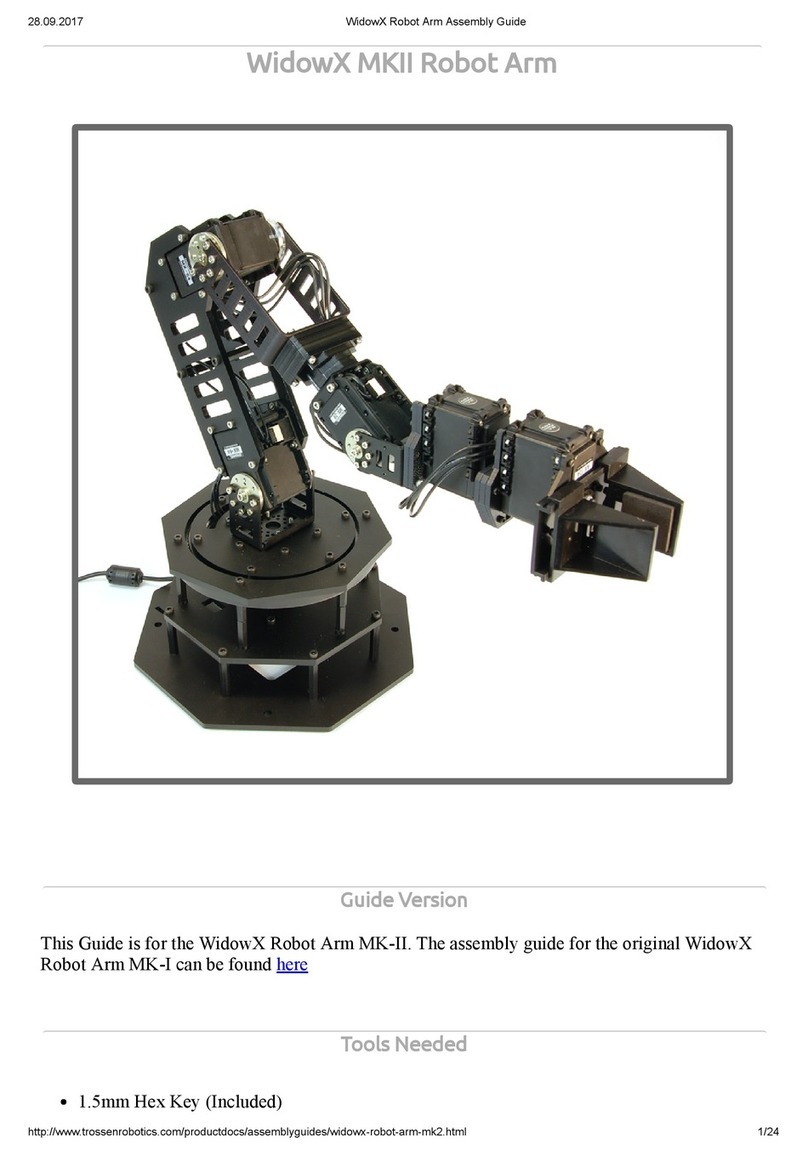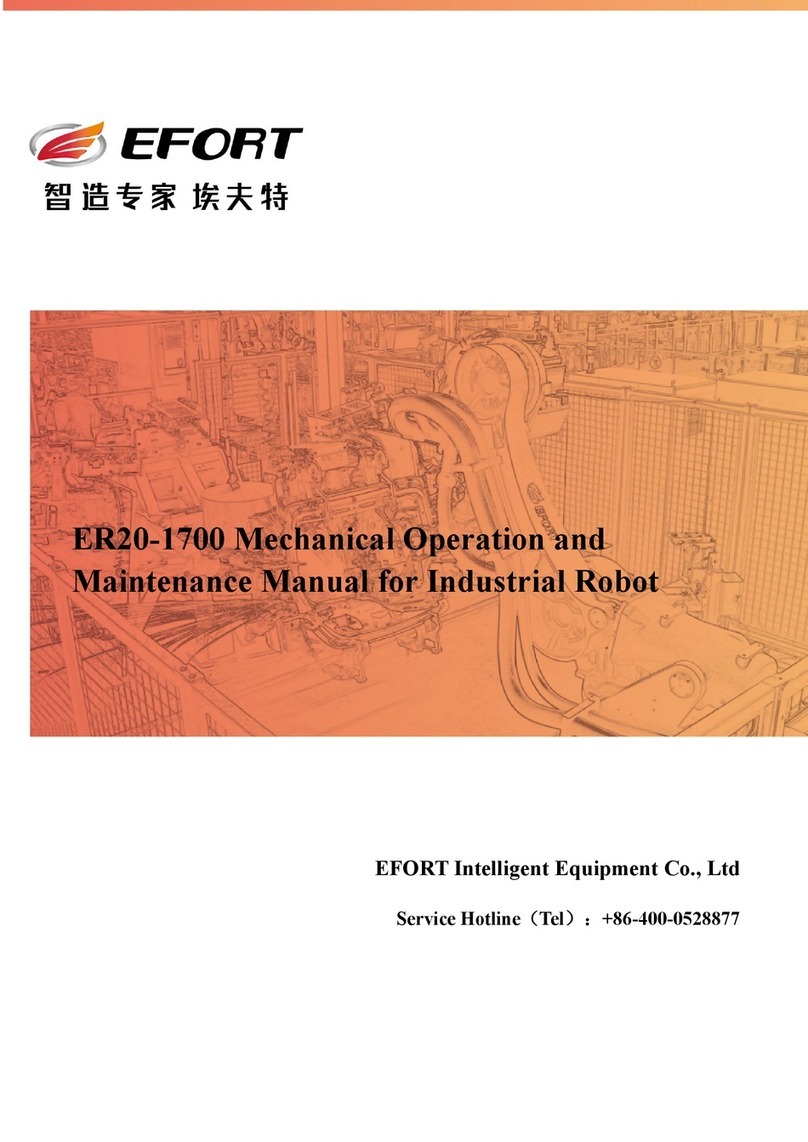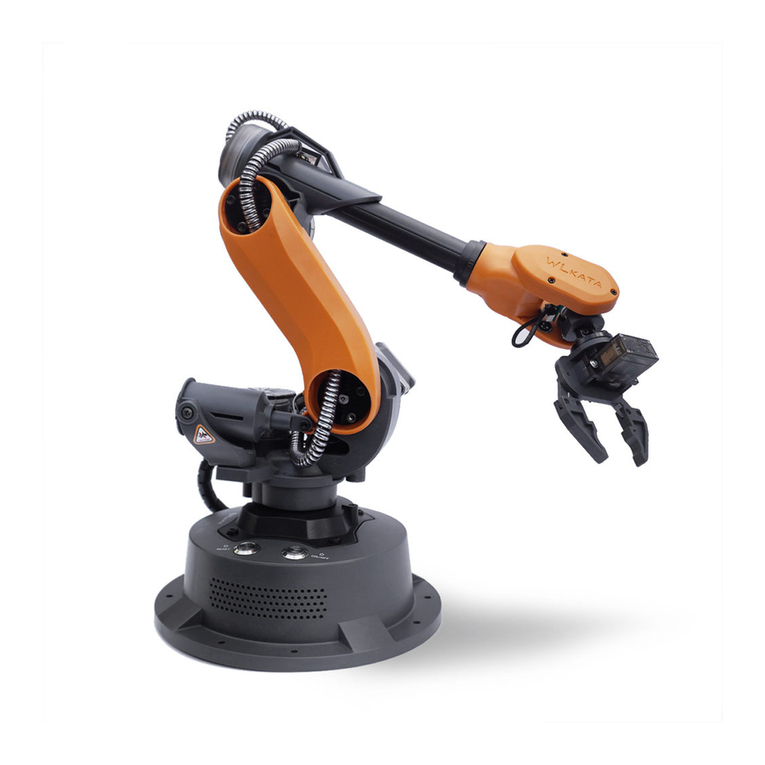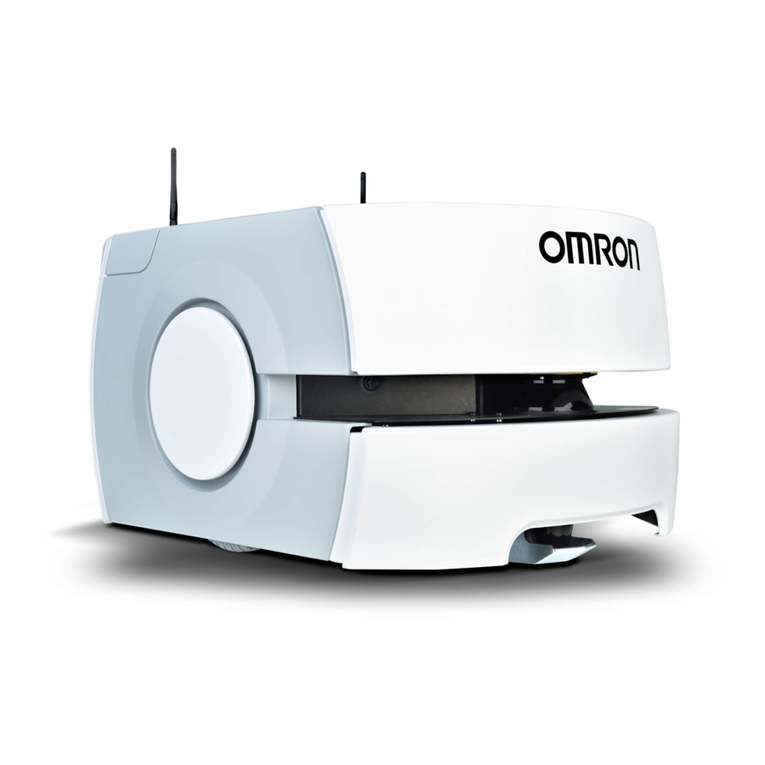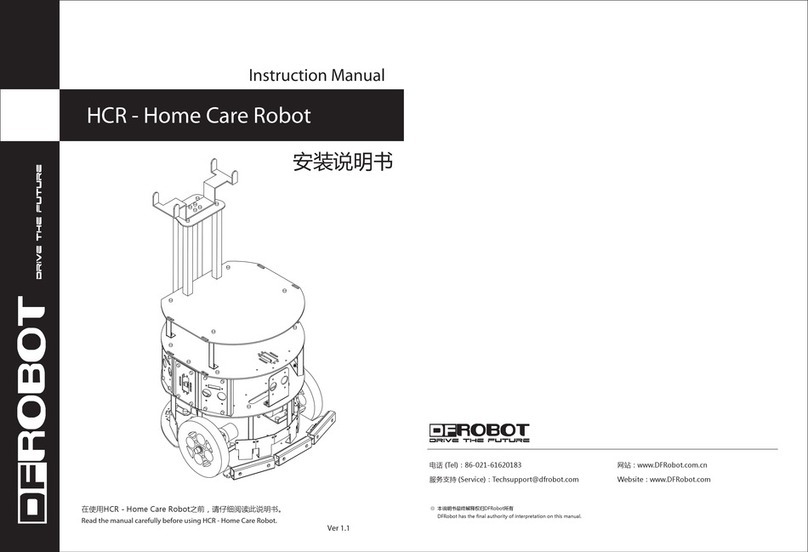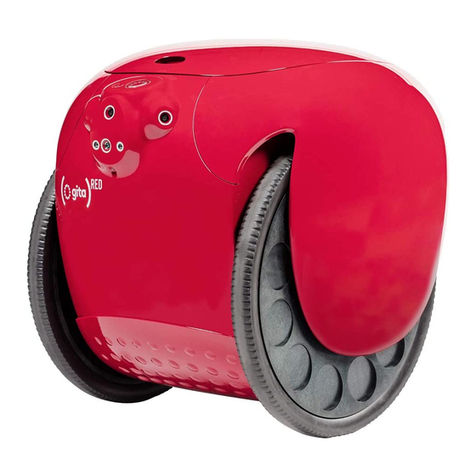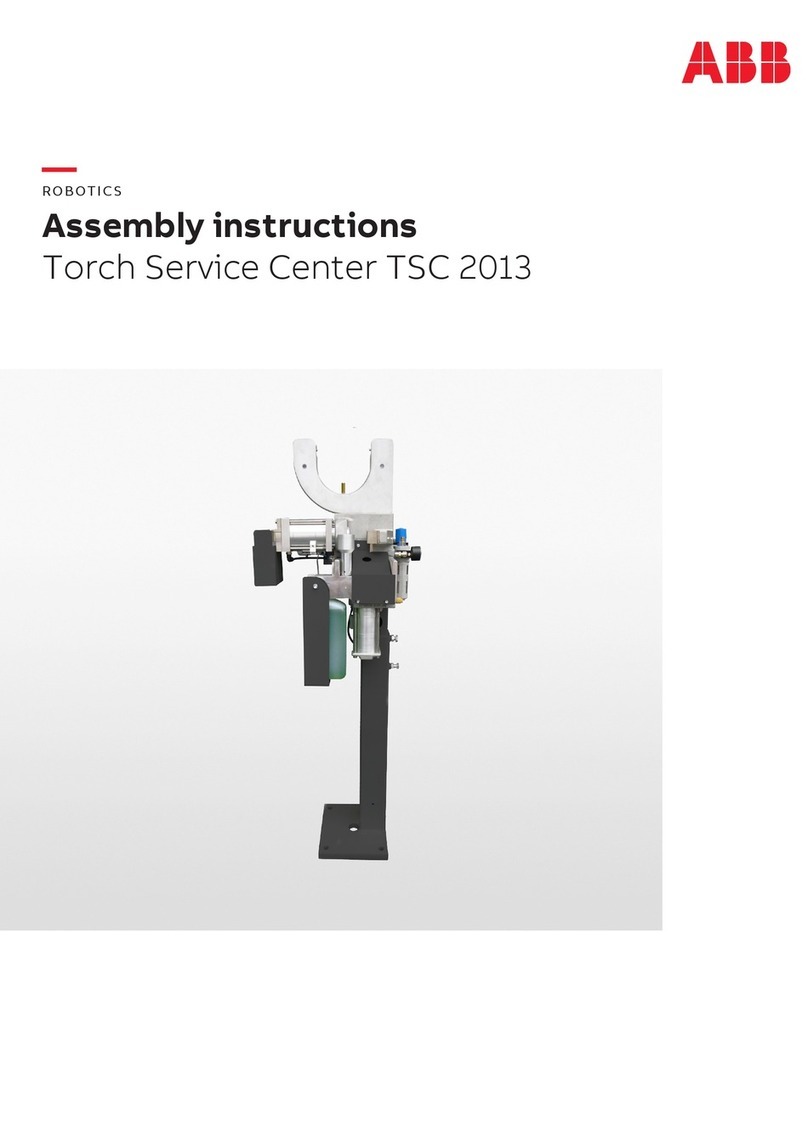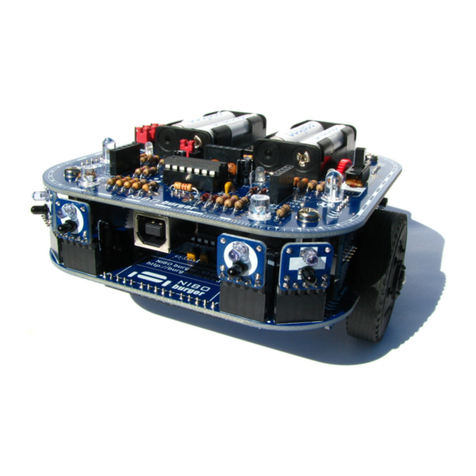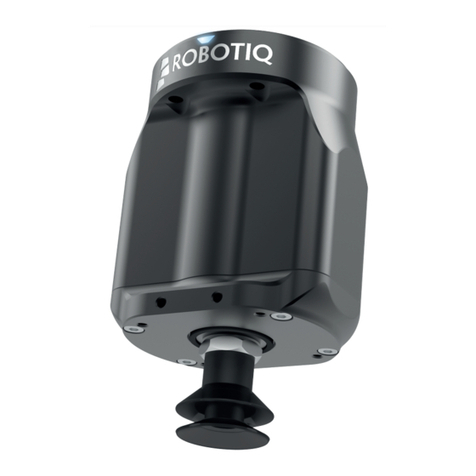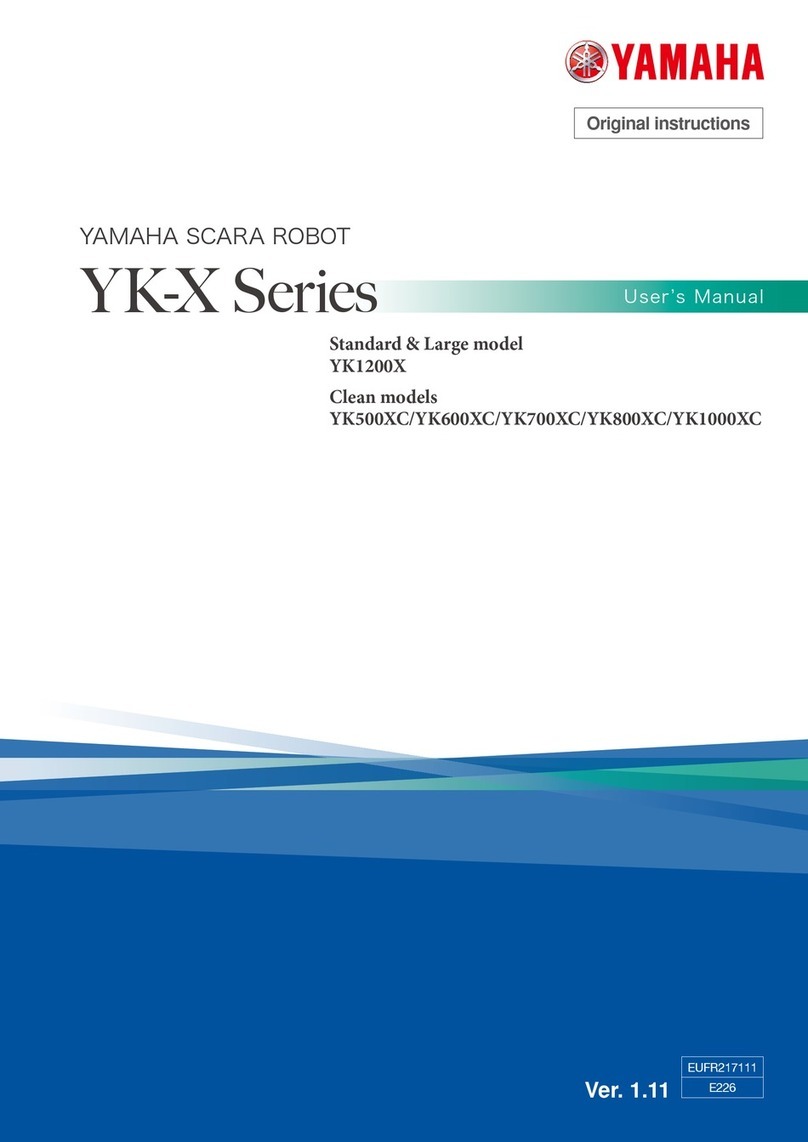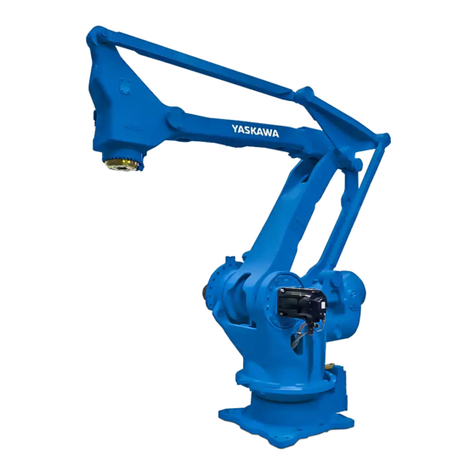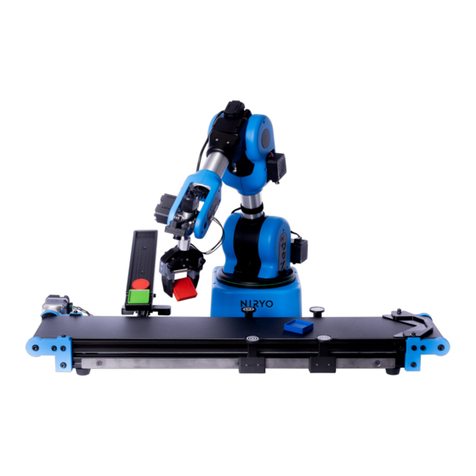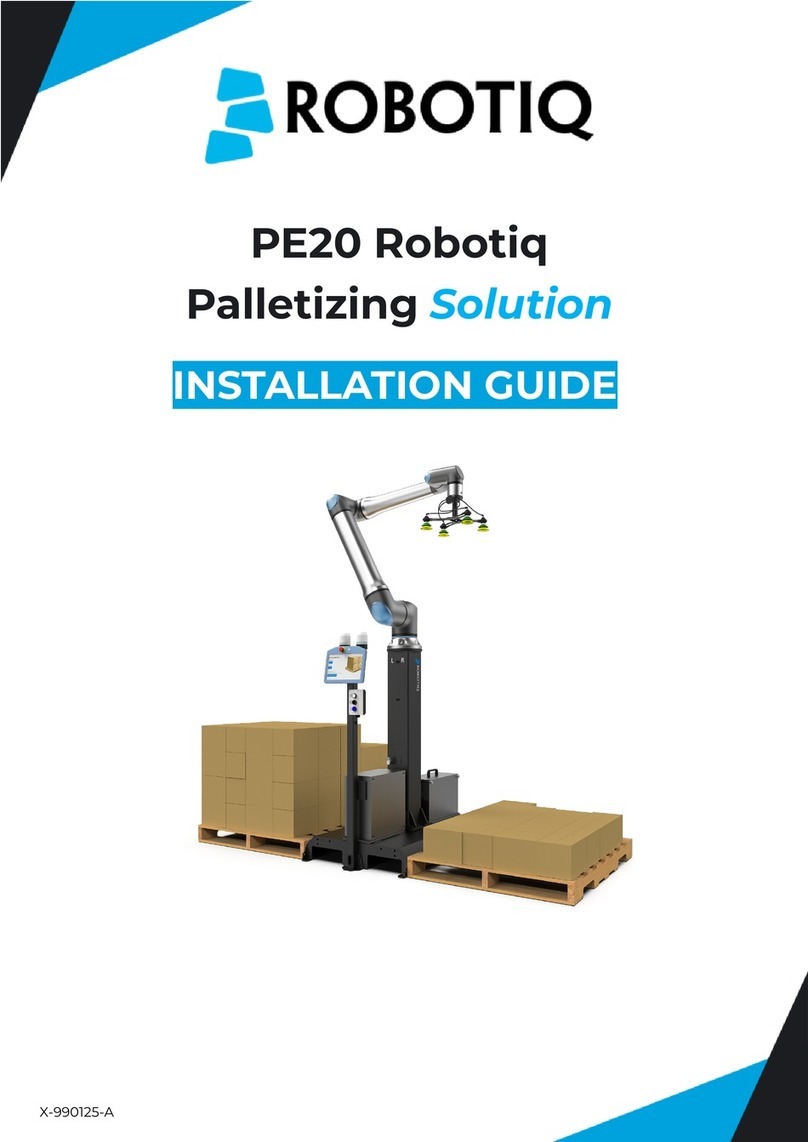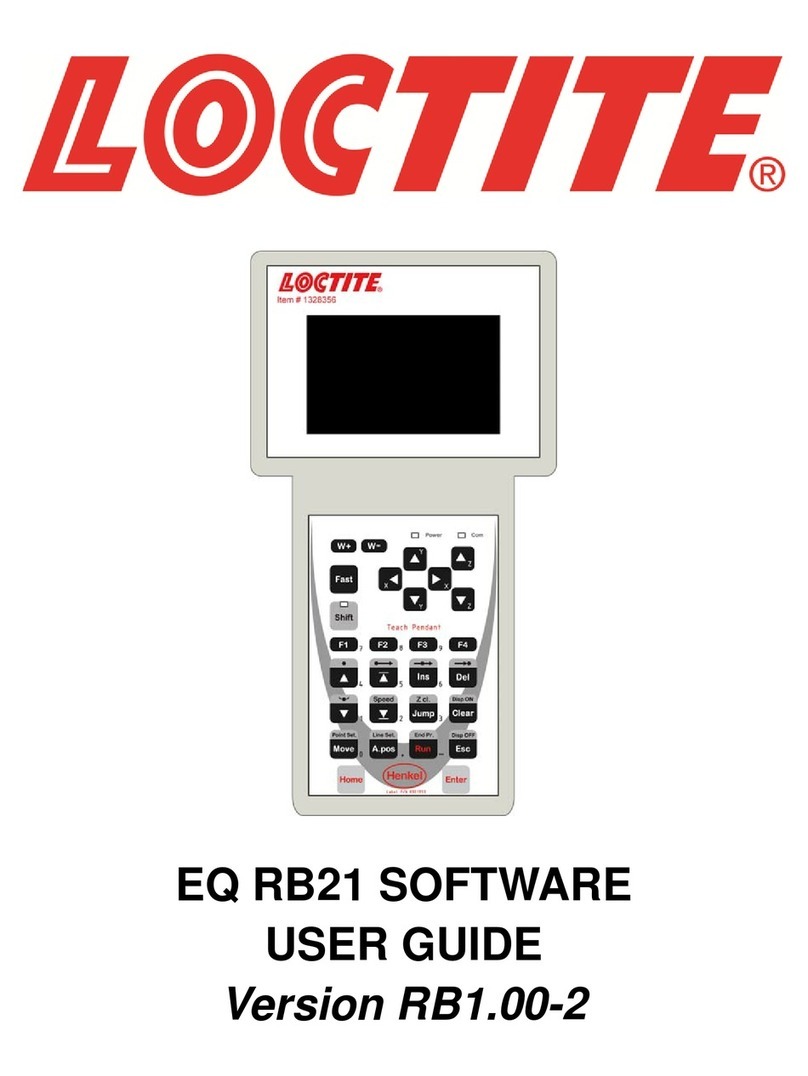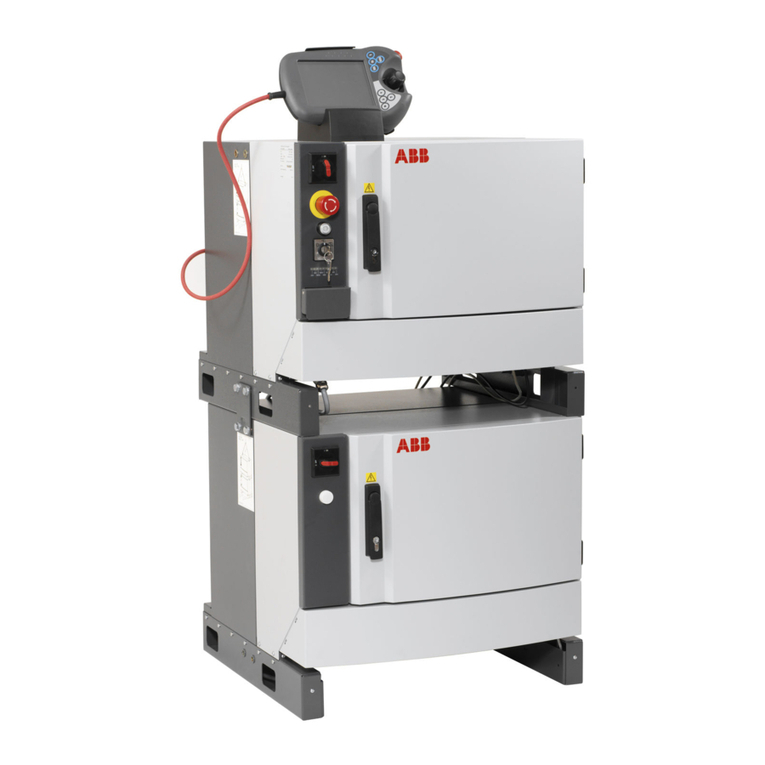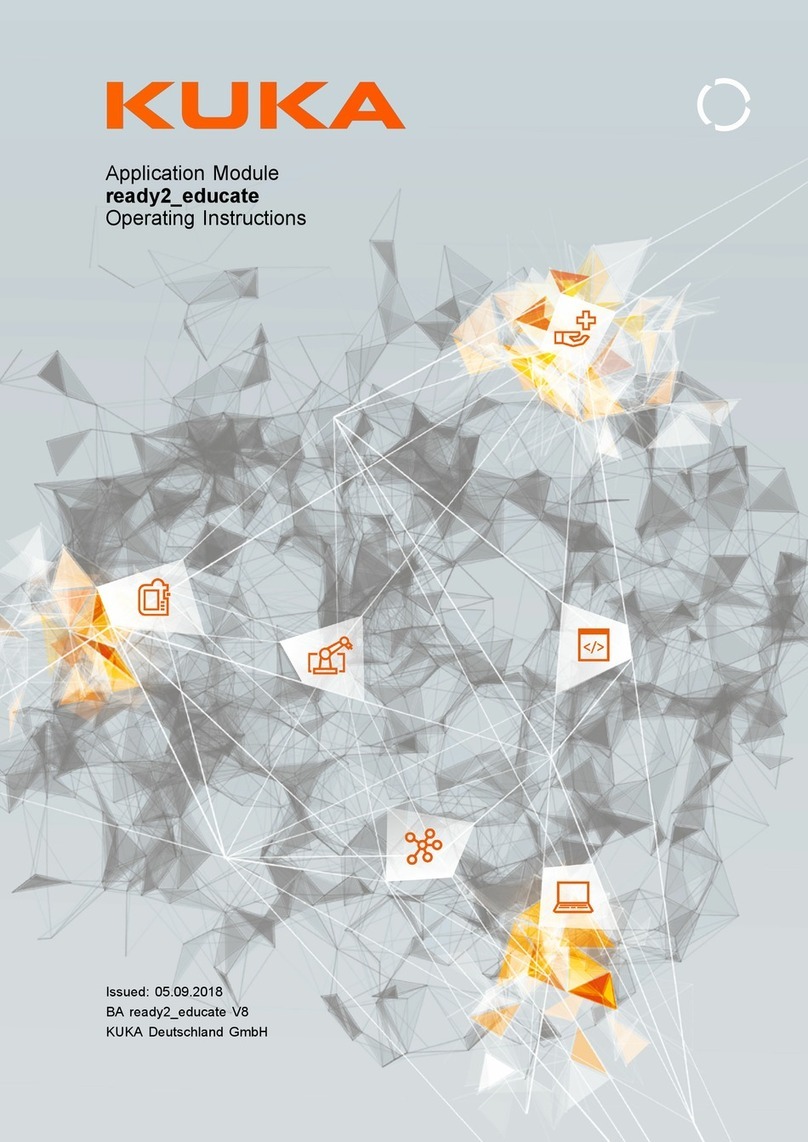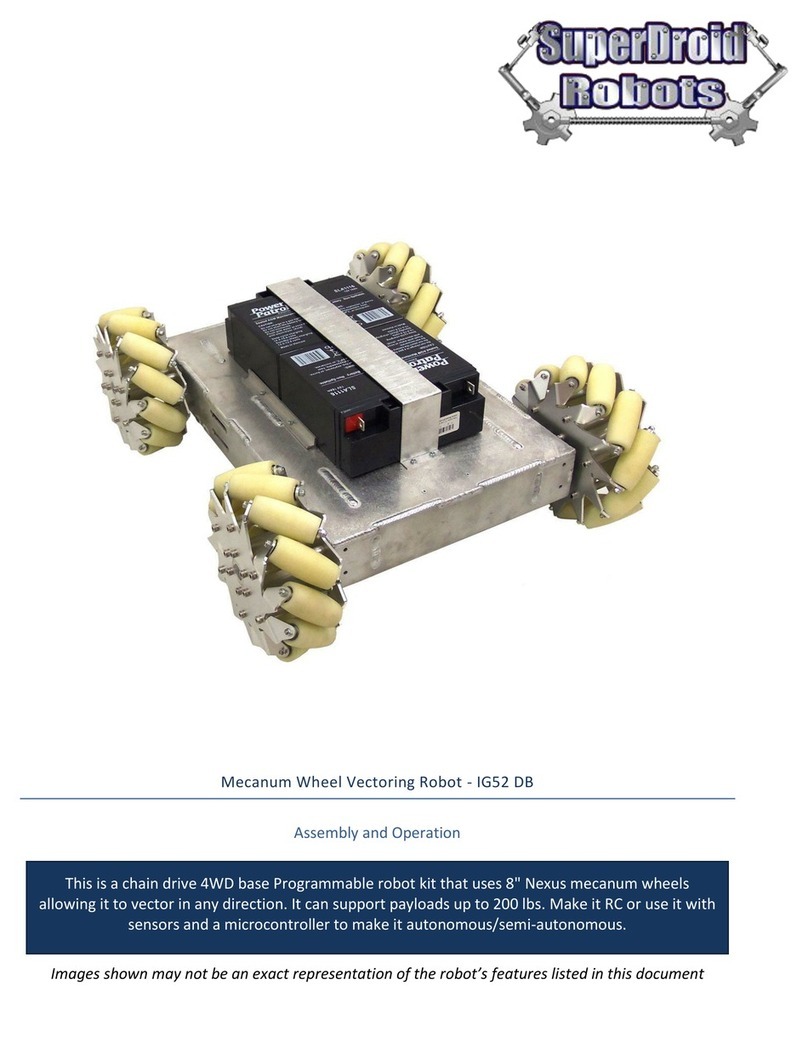Trossen Robotics Interbotix PhantomX User manual

Interbotix Labs Robot Turret Manual
Introduction
The Interbotix Robot Turrets are a line of high performance Pan/Tilt units powered by the Arbotix
Robocontroller. These units ship with a default Comm_ XT firmware preloaded which has a basic serial
communication protocol & Instruction Set for controlling the Dynamixels, the DC motor controller, and
various I/O. The design intent is that the Robot Turret is to be operated via USB FTDI Cable or Xbee
Wireless tether to a PC, and are capable of sending sensory data back to said PC. A USB or Wifi Camera
can also be used to transmit video data back to the PC for machine vision applications. A Roborealm
software module has been designed to help facilitate this and communicates directly with the
Comm_ XT firmware instruction set. There is a GUI within Roborealm for controlling the Robot Turret,
as well as .N T based VB & C# demo applications available.
Advanced users may also create their own custom firmware for autonomous operation or other
applications. Documentation on custom programming the Arbotix is available on Vanadium Labs'
website. Please refer to our assembly guides for instructions on how to build particular model of Robot
Turret. Links to all documentation can be found on the Product Page.
Serial Port Communication
The Robot Turret Kit come with an FTDI Cable which is used for both USB Communication with a PC as
well as optional custom programming of the Arbotix. Please note that if you are using the FTDI Cable to
program your ArbotiX, you must enable the "Set RTS On Close" option in your Device Manager >> USB
Serial Port Properties >> Port Settings Tab >> Advanced menu. The ArbotiX also supports the use of Xbee
radios for wireless communication; more information on setting these up can be found in the Arbotix
Documentation.

Comm_EXT Firmware
The Comm_ XT firmware allows full access to all of the features of the Robot Turret using a simple serial
protocol and instruction set. This firmware that comes preloaded on Arbotix's that ship with Robot
Turret. You do not need to reprogram your Arbotix unless you intend to modify or design your own
firmware.
The firmware has two modes of operation built in: Commander Standard mode and Commander
xtended mode.
The Commander Standard protocol is built to be plug-n-play compatible with the Arbotix Commander
v2.0 Gamepad Controller. It uses the Right Joystick on the Arbotix Commander Gamepad to control the
Pan/Tilt and the buttons (R1, R2, R3, L4, L5, L6, RT, LT) are tied directly to digital outputs (d0-d7) on the
Robot Turret's Arbotix. Please note that the standard protocol is 'output only', there is no method for
reading the I/Os as input. It also has a lower servo resolution (0-255) than the Commander xtended
protocol. There is an alternate firmware available for use in this mode, Comm_ XT Proportional which
allows for proportional control of the pan/tilt- this is much better for 'aiming' as the joystick will not
auto-center and does not directly control the pan/tilt's position. For a full explanation of the
Commander Standard protocol, please refer to the Arbotix Commander GamePad Controller Manual.
The Commander xtended protocol is intended to be the preferred PC communication protocol and the
default protocol for the Robot Turret. It allows for full resolution (0-1023) control of your pan & tilt
servos, access/polling of digital & analog I/O, and DC motor speed & directional control.
The Packet Structure consists of 8 bytes sent to the Arbotix via serial connection. Please refer to the
tables below for a breakdown of the Commander xtended protocol.
Commander Extended Packet Structure:
Byte Name Value
1 Header 0xFF (255)
2 Tilt H 0x0-0x3 (0-3)
3 Tilt L 0x00-0xFF (0-255)
4 Pan H 0x0-0x3 = (0-3)
5 Pan L 0x00-0xFF (0-255)
6 Button Values D7-D0=00000000(leave default 0x00 for Commander Ext)
7 Ext Instruction See Table Below, default is 0x08
8 Checksum = (255 - (byte2+byte3+byte4+byte5+byte6+byte7) Mod 256)
The Pan and Tilt servos use 0-1023 for positional commands; this value cannot be contained in a single
byte so it is spread over a Low and High Byte. The xt Instruction Byte should default to 0x08, this will
keep the Arbotix in " xtended Mode" and retain full resolution of the Pan/Tilt. The Button Values Byte
(byte 6) should default to 0, as digital IO is handled by the xt Instruction Byte while in xtended Mode.

Ext Instruction yte:
OpCode
Instruction
0x00 Cancel Extended Instruction Mode
0x08 No Action
0x10 Read Analog0 as 8-bit value
0x11 Read Analog1 as 8-bit value
0x1K Read AnalogK as 8-bit value
0x1B Read Digital0 through Digital7 as a Byte
0x40 Motors Off
0x50-K Left Motor Reverse, (K*10)/100% of Speed
0x50 Left Motor Off
0x50+K Left Motor Forward, (K*10)/100% of Speed
0x70-K Right Motor Reverse, (K*10)/100% of Speed
0x70 Right Motor Off
0x70+K Right Motor Forward, (K*10)/100% of Speed
0x80 Set Digital0 as low and input
0x81 Set Digital0 as high and input (pullup enabled)
0x82 Set Digital0 as low and output
0x83 Set Digital0 as high and output
0x84 Set Digital1 as low and input (and so on)
0x90 Set Digital5 as low and input (and so on)
Return Packet Structure:
Anytime the xt Instruction Byte is used to read an input (analog or digital), a return packet is sent from
the Arbotix to the PC.
Byte Name Value
1 Header 0xFF (255)
2 Ext Byte Ext Instruction that was processed (0x11, 0x1B, etc)
3 Ext Byte Value Value of the Ext Instruction that was requested.
4 Checksum = (255 - (byte2+byte3) Mod 256)
Table of contents
Other Trossen Robotics Robotics manuals
